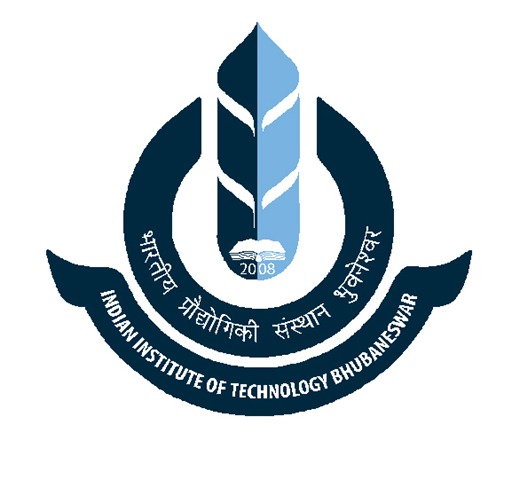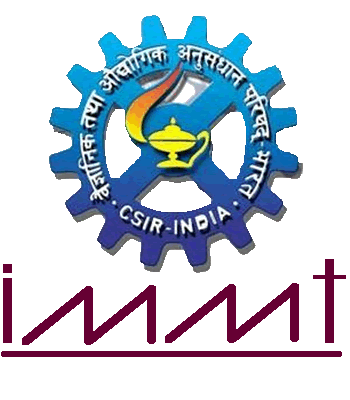Title: Brighter side of semiconductor nanocrystals: How to make defects useful
Speaker: Prof. D D Sarma, Solid State & Structural Chemistry Unit , Indian Institute of Science , Bengaluru 560012, I ndia
Venue: Lecture Hall - 5, NISER
Date: 2017-Jan-13 16:00:00
Abstract: One of the most exciting properties of semiconductor nanoparticles is the spectacular photoluminescence that has the potential to revolutionise the lighting technology. The early excitement was based on the realisation that quantum size effect can be made use of to tune the bandgap and therefore the excitonic emission across the visible range with suitable choices of the nanoparticle size.It was also found that the quantum efficiency of such samples in the dilute limit was often surprisingly high. However,self-absorption as well as susceptibility to surface degradation are known to drastically affect the quantum efficiency of such bandgap emissions, posing a challenge to technological utilisations of these materials. Dopants, particulary Mn in II-VI semiconductors, represent point defects that are known to have negligible self-absorption and resistance to degradation via surface reactions. These advantages were realised at the cost of a near impossibility of tunability of the Mn emission till we recently introduced a novel way to achieve thiscounter-intuitive tunability from an atomic defect.1,2,3In our search for such novel approaches to achieve tunable PL emissions from semiconductor nanoparticles without the disadvantage of any self-absorption, we have been intrigued by the question whether other forms of defects can alsobe meaningfully used to serve the purpose. The presence of defects, primarily surface defects, in semiconductor nanocrystals has been recognized as one of the major deterrents to achieve improved photoluminescence properties.Though it provides a Stokes’ shifted PL emission,it affects adversely our ability to control the emission wavelength and to improve the photoluminescence efficiency. In addition to point defects, I shall present our preliminary theoretical results and some experimental realisations of using “protectedâ€, extended defects in semiconductor nanoparticles for interesting PL properties.4
References:
1.Hazarika A, Layek A, De S, Nag A, Debnath S, Mahadevan
P, Chowdhury A, and Sarma D D, Phys. Rev. Lett.2013, 110, 267401.
2.Hazarika A, Pandey A, and Sarma D. D., J. Phys. Chem. Lett.2014, 5,2208.
3.Hazarika A et al., Unpublished results.
4.Das S et al., Unpublished results




